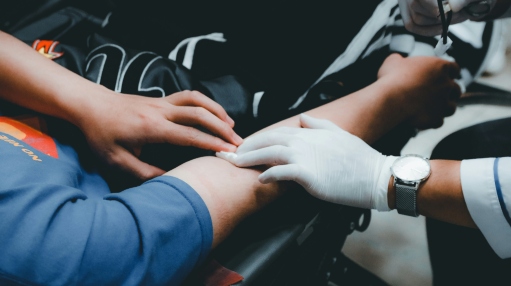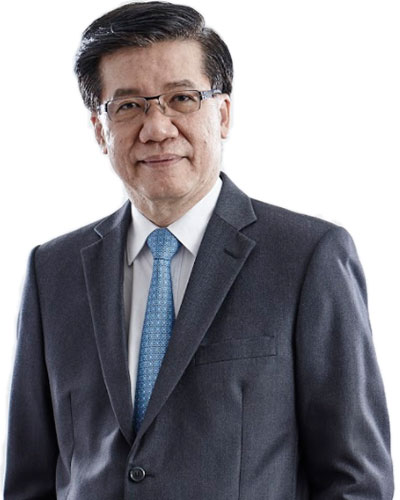Malaysia Ranks Second in Blood Donation Rates in Asean, But Still Short of WHO’s Benchmark of Three Per Cent

The gift of blood might be unseen, but its impact is undeniable, and Malaysia has quietly been building a strong foundation in this life-saving effort.
As it stands today, the country ranks second in Asean for the proportion of blood donors relative to its population, with a respectable donation rate between 2.1 per cent and 2.3 per cent.
But even with this achievement, it still falls short of the World Health Organization’s (WHO) recommended benchmark of three per cent for an optimal, sustainable blood supply.
In Southeast Asia, only Singapore has managed to surpass the WHO standard, reaching approximately 3.5 per cent.
According to Subang Jaya Medical Centre (SJMC) Consultant Haematologist Dr Ng Soo Chin, this success is largely credited to Singapore’s strong, well-maintained reserve force that regularly contributes to blood donation drives.
“Singapore has a unique advantage through its active reserve force. That alone boosts their numbers significantly. But beyond that, their system is highly structured and consistent,” he said in an interview with Sinar Daily.
Despite not leading the region, Malaysia holds its own - outperforming larger Asean countries like Indonesia, Vietnam and Thailand, all of which have donor rates under two per cent.
Impressively, Malaysia even edges out countries like the United Kingdom (UK), where the blood donation rate has dipped below the two per cent mark.
On a global scale, only a few countries such as Germany have consistently maintained donation levels at or above the ideal three per cent threshold.
This benchmark is not arbitrary, it is the level widely considered necessary to ensure blood banks can meet both everyday needs and unforeseen crisis, from natural disasters to surges in medical procedures.
Dr Ng credited Malaysia’s relatively strong performance to the establishment of a national blood transfusion centre decades ago.
“The early development of regional transfusion centres and dedicated blood banks really helped set the groundwork. We now have a much more accessible and organised infrastructure for both donors and medical institutions.
“This system has allowed more Malaysians to participate in blood donation consistently and has made it easier for healthcare providers to manage and distribute the supply across the country,” Dr Ng added.

Dr Ng said Malaysia is already standing tall among its peers, perhaps the next step is within reach.
Still, challenges remain. Shortages are a recurring issue during festive seasons, when potential donors are likely travelling or preoccupied.
According to Dr Ng, there is also an observable trend of lower availability in certain blood types, particularly blood group B.
“We sometimes joke about group B being the tricky one to find, but shortages in any blood group are no laughing matter. It is often circumstantial, but when it happens, it is very real for the patient waiting.
“More critically, Malaysia faces greater difficulty sourcing rare blood types like Rhesus-negative, which is found in less than one per cent of the local population.
“In contrast, Western countries report up to ten per cent prevalence of this blood type, giving them a slight edge in emergency scenarios,” he added.
Closing the gap to reach the three per cent WHO benchmark will require not only consistent public participation, but also deeper community engagement and education, especially among youth and first-time donors.
Festive campaigns, workplace drives and school outreach can all play a role in nudging the nation toward that vital goal.
“Malaysia has come a long way. But as with anything in medicine, consistency is key.
“A robust blood donation culture is not just about one big campaign, it is about building habits and systems that people trust and return to,” Dr Ng mentioned.
And with the country already standing tall among its peers, perhaps the next step is within reach.
Source: Sinar Daily
